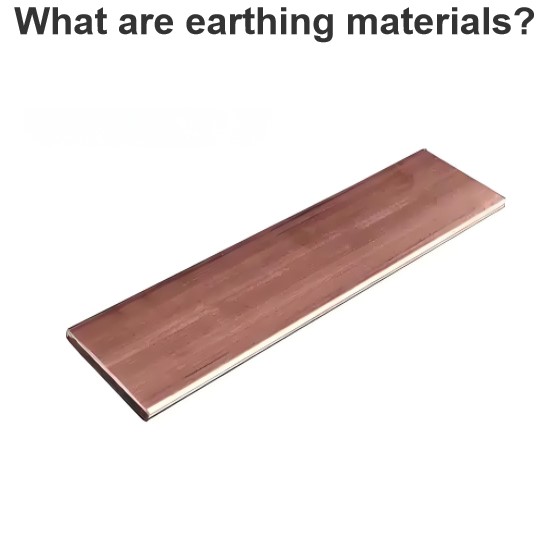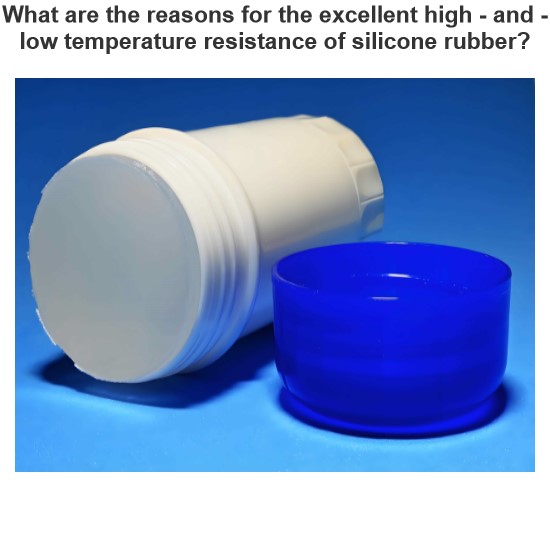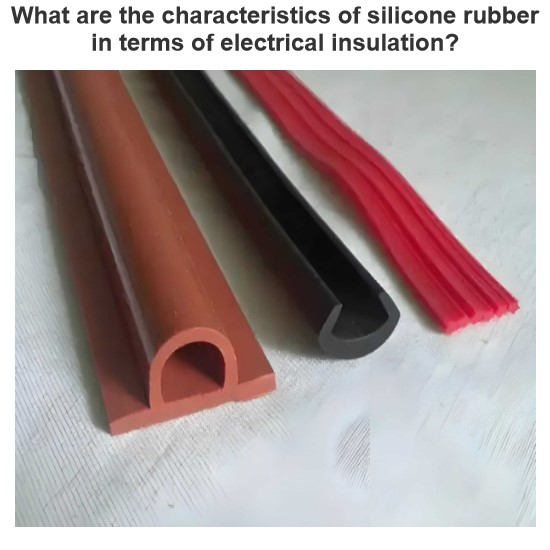Low Resistivity and High Conductivity Materials: An Overview
A low resistivity or high conductivity material is defined as a material that allows electric current to flow easily through it. These materials are very useful in electrical engineering for manufacturing electrical machines, equipment, and devices. They are also used as conductors for all kinds of windings required in electrical machines, apparatus, and devices. Moreover, they are used as conductors in transmission and distribution of electrical energy.
Properties of Low Resistivity or High Conductivity Materials
The following properties are desirable in low-resistivity or high-conductivity materials:
Highest possible conductivity (ideally zero). This means that the material offers minimal resistance to the electric current and thus minimizes power loss and heat generation.
Least possible temperature coefficient of resistance (ideally zero). This means that the material’s resistance does not change significantly with temperature and thus maintains a stable performance over a wide range of temperatures.
High melting point. This means that the material can withstand high temperatures without losing its shape or conductivity.
High mechanical strength. This means that the material can resist deformation, fracture, or wear under mechanical stress or load.
High ductility. This means that the material can be drawn into wires or other shapes without breaking or cracking.
High corrosion resistance (free from oxidation). This means that the material does not react with oxygen or other substances in the environment and thus preserves its conductivity and appearance.
Solderability. This means that the material can be soldered easily to join the conductors or attach other components.
Low cost. This means that the material is affordable and widely available.
Long life or durability. This means that the material does not degrade or deteriorate over time and thus maintains its quality and performance.
High flexibility. This means that the material can bend or twist without breaking or losing its conductivity.
The above properties vary with the purpose for which the material is being used. For example, some applications may require higher conductivity than others, while some may require higher mechanical strength than others.
Factors Affecting Resistivity or Conductivity of Materials
The resistivity or conductivity of a material depends on several factors, such as:
Type of material. Different materials have different atomic structures and electron configurations, which affect how easily electrons can move through them. Generally, metals have lower resistivity than non-metals because metals have free electrons that can carry electric current, while non-metals have tightly bound electrons that resist electric current.
Purity of material. Any impurity, whether metallic or non-metallic, increases the resistivity of metals. Even an impurity of low resistivity will increase the resistivity of metal. The reason behind this is that the addition of slight impurity creates imperfections in the crystal lattice, which disturb the flow of electrons through metals. Therefore, pure metals have lower resistivity than alloys or compounds.
The temperature of material. The resistivity of most materials increases with temperature because higher temperature causes more vibrations in the atoms, which interfere with the movement of electrons. However, some materials, such as semiconductors, have lower resistivity at higher temperatures because higher temperature increases the number of free electrons available for conduction.
Shape and size of material. The resistivity of a material is an intrinsic property that does not depend on its shape and size. However, the resistance of a conductor depends on its shape and size because resistance is proportional to length and inversely proportional to cross-sectional area. Therefore, longer and thinner conductors have higher resistance than shorter and thicker ones.
Examples of Low Resistivity or High Conductivity Materials
Some examples of low-resistivity or high-conductivity materials are:
Silver (Ag)
Silver is the best conductor of electricity among all metals. It has the highest conductivity and lowest resistivity among all materials at room temperature. It is also malleable, weldable, ductile, corrosion-resistant, and solderable. The main drawback of silver is that it is very costly, which limits its practical use in electrical machines and equipment. However, it is still used in precious equipment used for research where cost does not matter.
Properties:
Resistivity: 1.58 µΩ-cm
Temperature coefficient of resistance at 20°C: 0.0038/°C
Melting point: 962°C
Specific gravity: 10.49 g/cm3
Copper (Cu)
Copper is the most extensively used high-conductivity material as a conductor for electrical machines and equipment. It has excellent malleability, weldability, solderability, ductility, corrosion resistance, and flexibility. Copper in pure form has good conductivity, but the conductivity of standard-grade copper is reduced due to the presence of impurities.
Properties:
Resistivity: 1.68 µΩ-cm
Temperature coefficient of resistance at 20°C: 0.00386/°C
Melting point: 1085°C
Specific gravity: 8.96 g/cm3
Gold (Au)
Gold is a precious and costly metal that has good conductivity. Gold has the highest malleability and ductility among all metals and can be drawn into very thin wires without breaking. Gold is also corrosion-resistant and solderable. Due to its high cost, its practical use is limited to precious instruments used for research or decoration.
Properties:
Resistivity: 2.21 µΩ-cm
Temperature coefficient of resistance at 20°C: 0.0034/°C
Melting point: 1064°C
Specific gravity: 19.30 g/cm3
Aluminum (Al)
Aluminum is a silver-white, lightweight, soft, non-magnetic, and ductile metal that has low density, high ductility, good corrosion resistance, and good conductivity. Aluminum is the third most abundant element (after oxygen and silicon) and the most abundant metal found in Earth’s crust. The main ore of aluminum is bauxite. Aluminum is suitable to use as an electric conductor for the transmission and distribution of electricity because it has a lower weight than copper for a given length and cross-section.
Properties:
Resistivity: 2.65 µΩ-cm
Temperature coefficient of resistance at 20°C: 0.00429/°C
Melting point: 660°C
Specific gravity: 2.70 g/cm3
Conclusion
Low resistivity or high conductivity materials are important for electrical engineering applications because they allow an electric current to flow easily through them with minimal power loss and heat generation. Some examples of low-resistivity or high-conductivity materials are silver, copper, gold, and aluminum. These materials have different properties that make them suitable for different purposes.
Statement: Respect the original, good articles worth sharing, if there is infringement please contact delete.
Electrical4U is dedicated to the teaching and sharing of all things related to electrical and electronics engineering.













